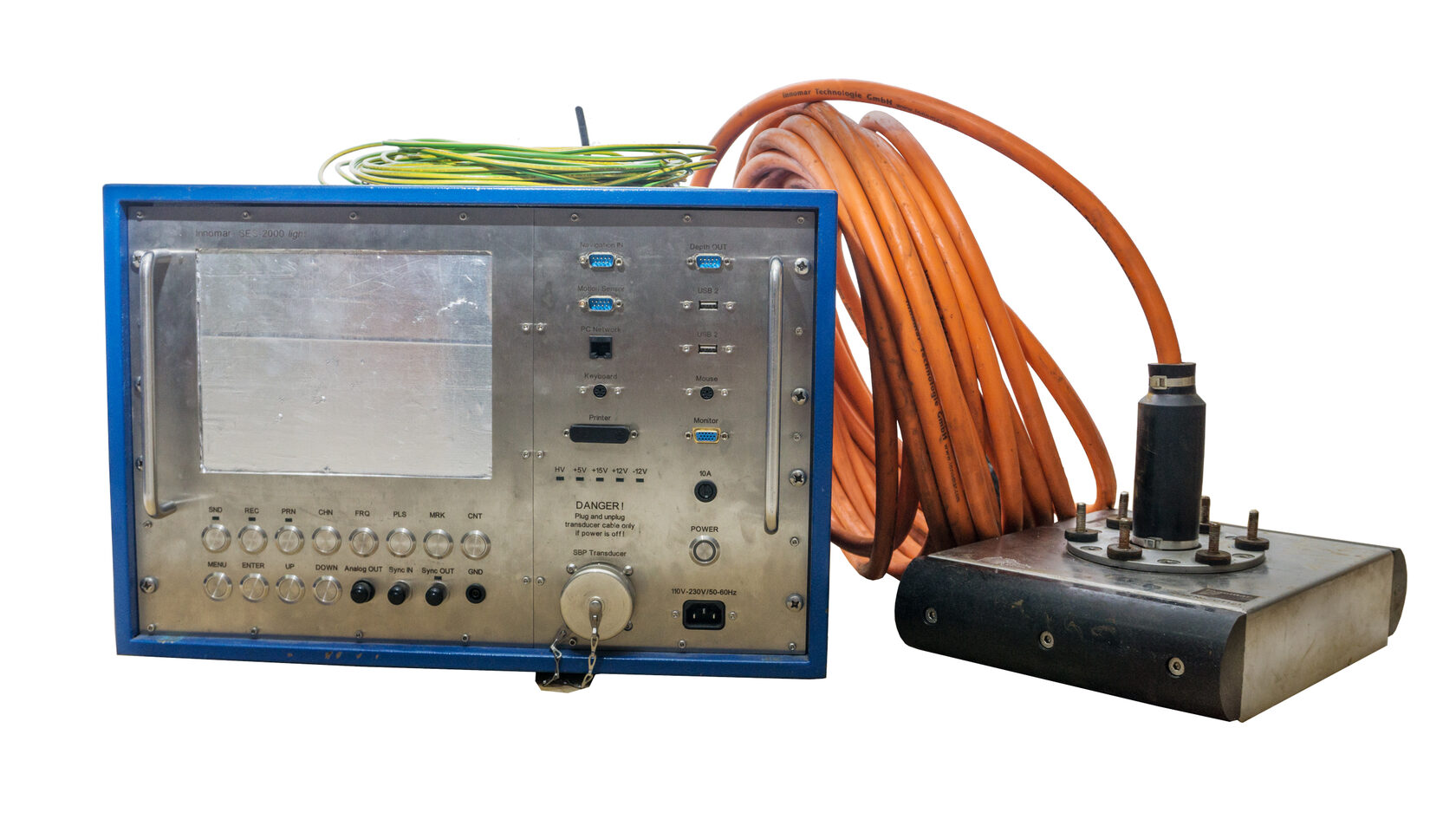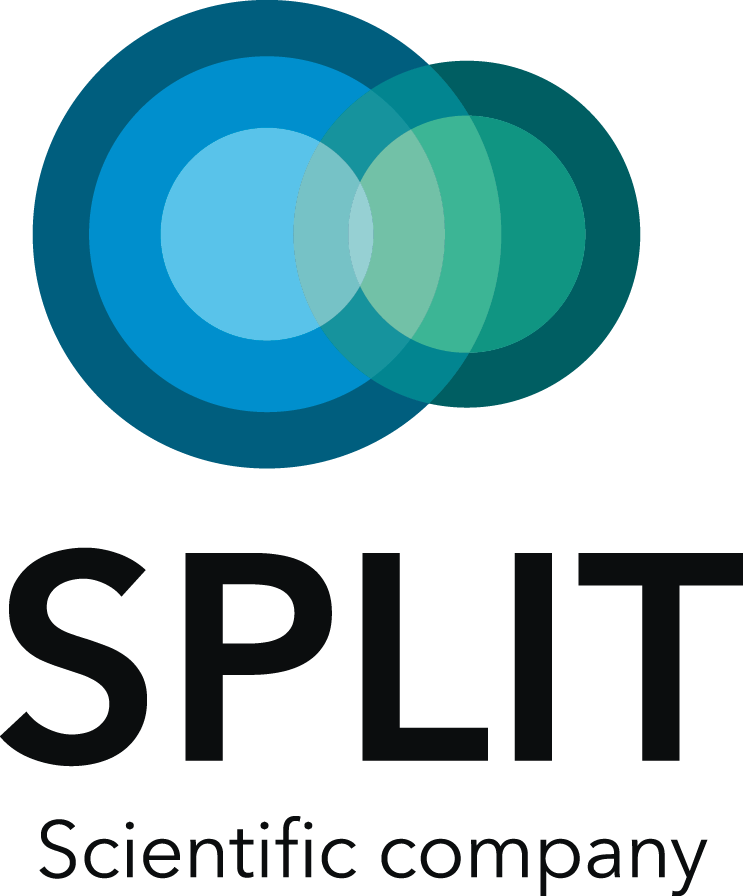Innomar SES-2000 Light

Appointment
The SES-2000 light sub bottom profiler is used to study the topography of the seabed and the structure of the sediment strata by registering with a receiving antenna signals of difference frequency emitted by an antenna emitter and reflected from the surface of the bottom and layers of sediments. According to the time of arrival of the reflected signals to the receiving device, the distance to the various layers of bottom sediments and their composition are determined.The principle of operation of the device
The result of the work of the sub bottom profiler is a profilogram, which shows the structure of the bottom relief and the geological section of the sediment thickness in the form of a graphic image. It is possible to use a profiler in the range of sea depths from 1 to 400 meters with a signal penetration of up to 40 meters into a given pound (depending on the composition of the soil, frequency and noise level).This profiler uses a signal with a primary frequency of 100 kHz. The secondary frequency (4 - 15 kHz) should be selected based on the followingcriteria: - the best signal-to-noise ratio; - maximum penetration depth; - High resolution.
Completeness
Control unit - 1 pc
Antenna - 1 piece
Monitor - 1 pc
A set of connecting wires - 1 set
Keyboard, mouse - 1 set
Technical specifications
- Depth range - 0.5 - 400 m
- Signal penetration into the bottom soil - up to 40 meters (depending on the composition of the soil, frequency and noise level)
- Measurement resolution - > 5 cm, depending on the frequency and recording range
- The beam width is ±1.8° (0.22x0.22) m2
- The primary frequency is 100 kHz (frequency band 85 - 115 kHz)
- Secondary frequencies - 4,5, 6, 8, 10, 12, 15 kHz
- Electric pulse power - > 12 kW
- Pulse width - 66 - 800 µsec
- Pulse repetition rate - up to 30 Hz, depending on the range
- Source level - > 238 Db/mcPa @1 m
- Dimensions of the on-board unit (transceiver) - no more than (0.52 x 0.38 x 0.4) m
- The weight of the on-board unit (transceiver) is no more than 38 kg
- The dimensions of the antenna (converter) are not more than (0.3 x 0.07 x 0.26) m
- The weight of the antenna (converter), including 20 m of cable and a steel frame (stainless steel) - no more than 25 kg
- Power supply - 115-230 V. 50-60 Hz
- Power consumption - < 800 W
- Operating temperature - 0°C... 40 °C

















